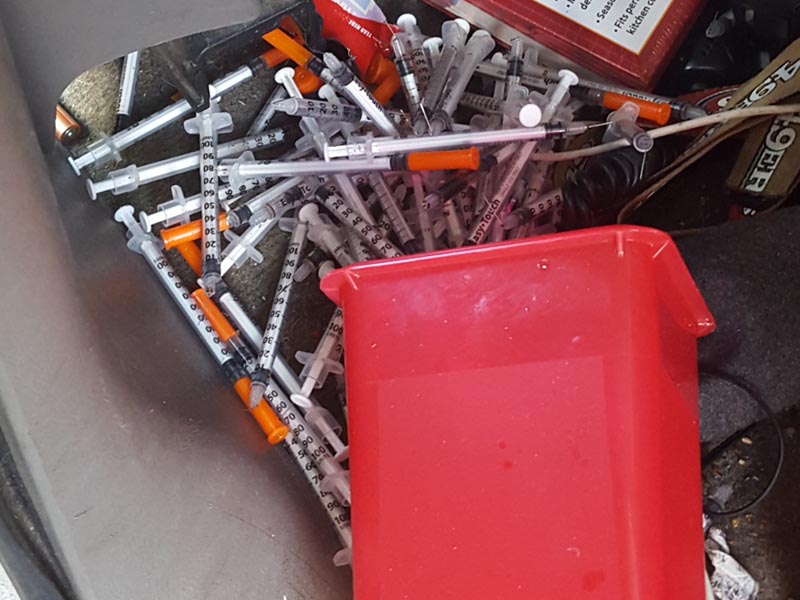Opioid Epidemic
The opioid epidemic is a very personal issue for me. My brother, cousin, and several other family members are active heroin addicts or are dead from an overdose. This is an issue that has devastated too many families throughout our nation. I am committed to doing everything we can to effectively reduce devastation immediately and to build the systems to help our addicted loved ones recover.
Many are pushing the opening of drug injection sites. However, these sites lack the ability to scale to the size of our epidemic and they never contemplated the deadly effects of Fentanyl. Today we have over 23,000 opioid addicts who inject on average 3 times per day. This means we have 69,000 injections/day happening in King County. The two drug injection sites will only be able to monitor 500 injections/day in total. This means 68,500 injections will still take place outside of these sites. This does nothing to solve the problem.
The other issue proponents of drug injection sites are not talking about is that there are lengthy waits to get into detox and rehab. King County has steadily slashed both the funding and a number of beds available for detox and rehab. Proponents will tell you that drug injection sites are good at making referrals to detox and rehab, but we do not have these facilities readily available. This must change. We need to first build out our detox and rehab capacity to where there are no lines and our addicted neighbors can get immediate access to these facilities, before ever contemplating drug injection sites.

Furthermore, Fentanyl has proven far more deadly than anyone ever contemplated. Today, Vancouver, British Columbia is seeing record spikes in both opioid overdoses and opioid deaths. While they might be able to monitor people on the inside of the facilities, the sad reality is most are dying on the streets outside the facility. They simply cannot scale up to the size of their epidemic, nor can we.

Solutions:
- Provide immediate access to detox and rehab centers and the supply of treatment beds. We must build out capacity.
- Fund wide-spread training and distribution of Naloxone and require the carrying of Naloxone by:
- All opioid addicts (when possible)
- Provide training for family members and friends of opioid addicts.
- All fire fighters
- All police
- All social workers
- All homeless contractors
- All nurses and doctors
- Encourage the public to become trained. This is the CPR training of today.
- Fund through public-private partnership, the development of an overdose mobile app that provides training, the ability to buy Naloxone, and an overdose alert button. All people who have downloaded this app will receive an alert to any overdoses near them with the location.
- All police, fire department, social workers, and homeless contractors will have the ability to make referrals to any shelter, detox, rehab center, mental health facility, or other services to aid the homeless through a hub and spoke coordinated care system.
- Fight to expand drug courts so we can compel those suffering from opioid addiction to go through treatment, avoid jail time and a criminal record, and recover and become a fully functioning citizen.
- Mobile Suboxone, Methadone, and/or Vivitrol vans to better reach addicts in our community. These vans will provide immediate referral services to detox and rehab.
- Measuring the outcomes of Suboxone, Methadone, and Vivitrol to determine which have the best results.
- Push the State to require that insurance companies cover detox and rehab with their coverage.
- Pass law to reduce opioid prescription lengths for 5 – 7 days for all non-chronic illnesses/injuries.
- Push the state to expunge felony drug convictions and/or crimes induced by addiction for NON-VIOLENT offenses who have been sober for 3 years. All too often addicts feel a sense of despair when they have been labeled felons for life. We must reform our criminal justice system so it does not perpetuate criminal behavior.










